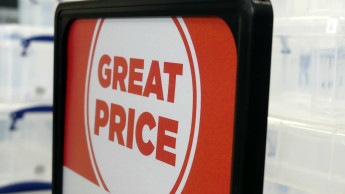With shopper, market and competitor behaviors changing at an unprecedented rate, it's clear that retailers need new strategies to understand their shoppers' price expectations.
Pre-Covid, only 7 per cent of shoppers were primarily online. Today that number is 35 per cent. The imperative for channel-aware, dynamic pricing, promotions and markdowns is urgent. Today's science can detect accurate demand signals and generate price recommendations that meet shopper expectations on the items where they are most price-sensitive, while knowing where in the assortment to safely recover margins. Since shopper expectations and preferences vary by channel, retailers can harness science insights to craft the prices and offers that will most effectively engage shoppers to meet business goals. Moreover, dynamic capabilities enable automation of pricing updates to speed responsiveness and reduce manual interventions.
Retail pricing was one of the earlier real-world areas to benefit from applied AI and Machine Learning (ML) science. So the technology is road-tested and robust, and some applications take an outdated approach of force-fitting a few ML models to cover all retail pricing challenges.
While clearly today's rate of change is unprecedented in retail, ultimately change represents opportunity. DIY retailers who move decisively to leverage price optimisation…










